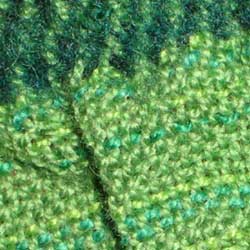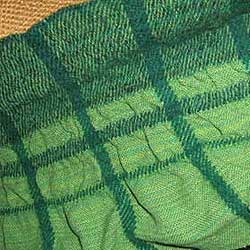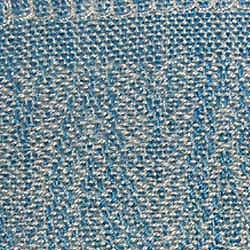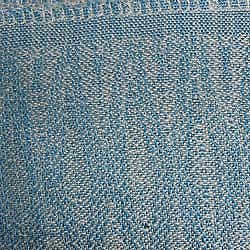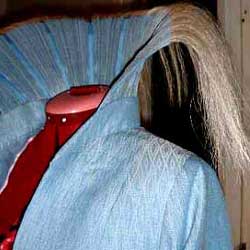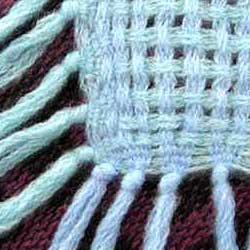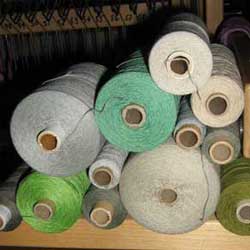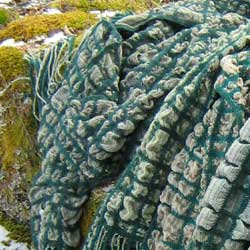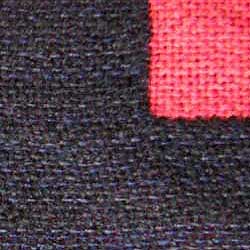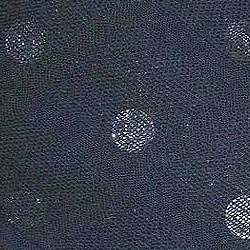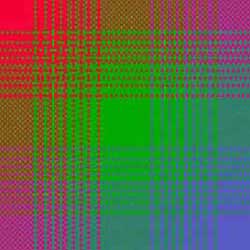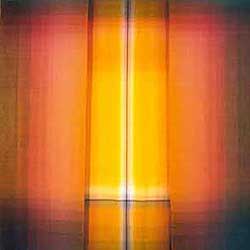Solid coloured?
It was a long time since I had a solid colured warp on my loom - if solid coloured means that all ends have the same colour number. They can be all red, or grey - but not the same red (or grey).There are several reasons for that: one is tht I am lazy... It is faster to wind a warp with several ends, and it is faster to take out all red yarns than to try to find just ONE red. (Not to mention that one does not have to mark all cones, spools and quills that are going back into the cupboard...)
Another advantage is that the web/product becomes "better" with several colours/nuances. Something happens to the surface, it gets depth; the eye gets something to discover.

